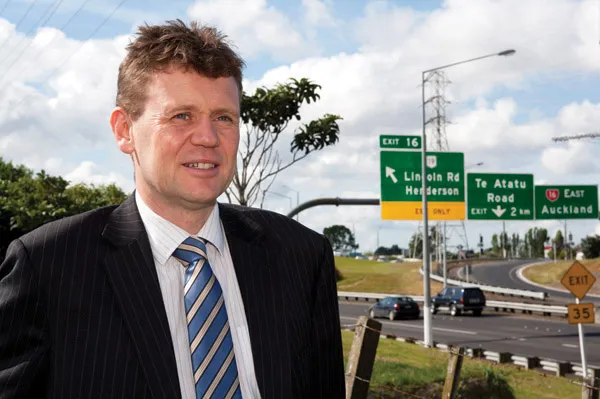The historic Great Ocean Road in Australia is in poor condition and in desperate need of repairs.
September 20, 2019
Read time: 1 min
The historic Great Ocean Road in Australia is in poor condition and in desperate need of repairs. The popular tourist route was constructed largely by hand to provide jobs for the unemployed and also access parts of Victoria State that could only be reached by sea previously. Running along the southern coast of the state for 243km, the route is favoured by tourists due to its scenic views. Proposals have been made for the route to be tolled to help pay for the works, although local inhabitants would be exempt from the charges.








